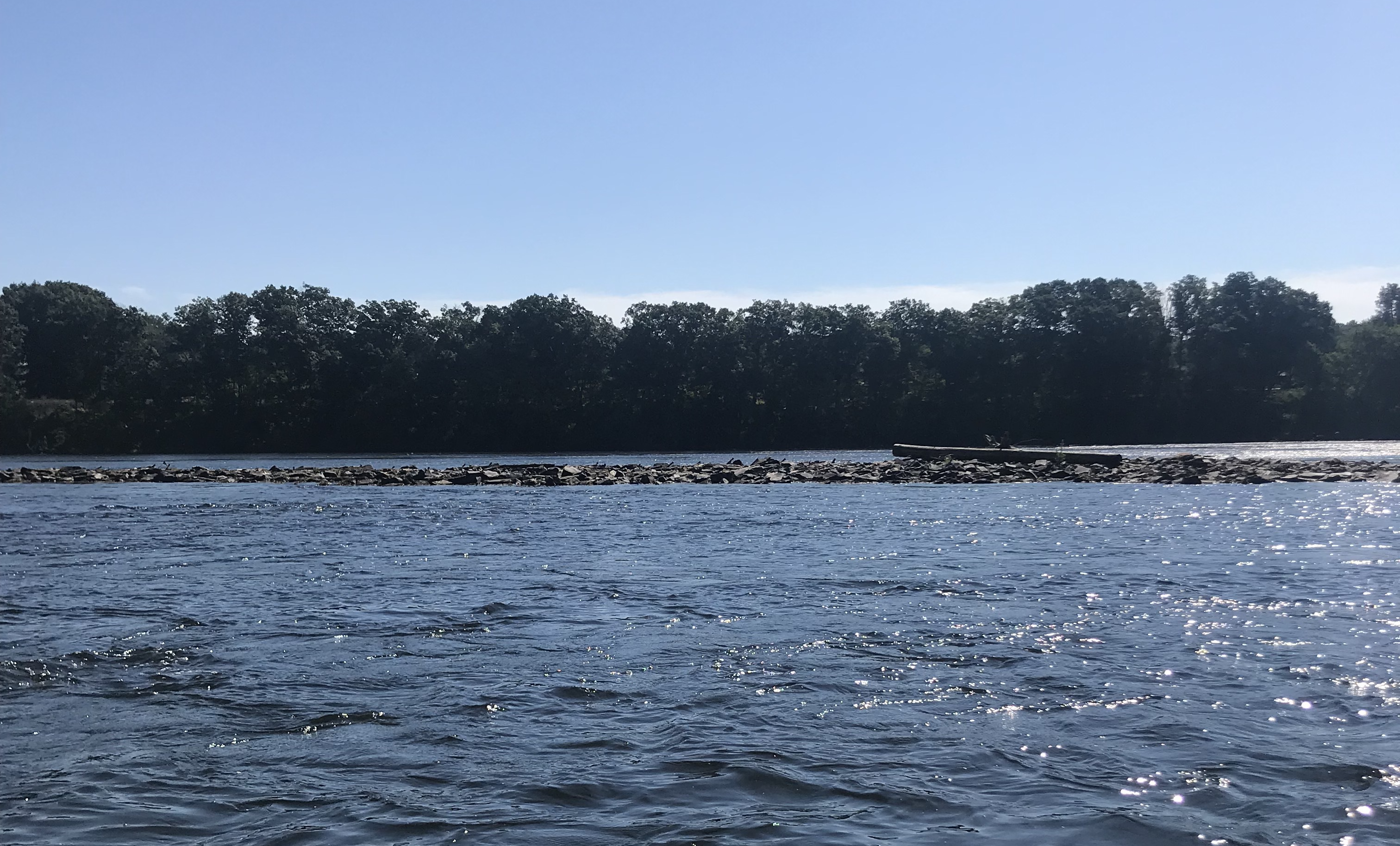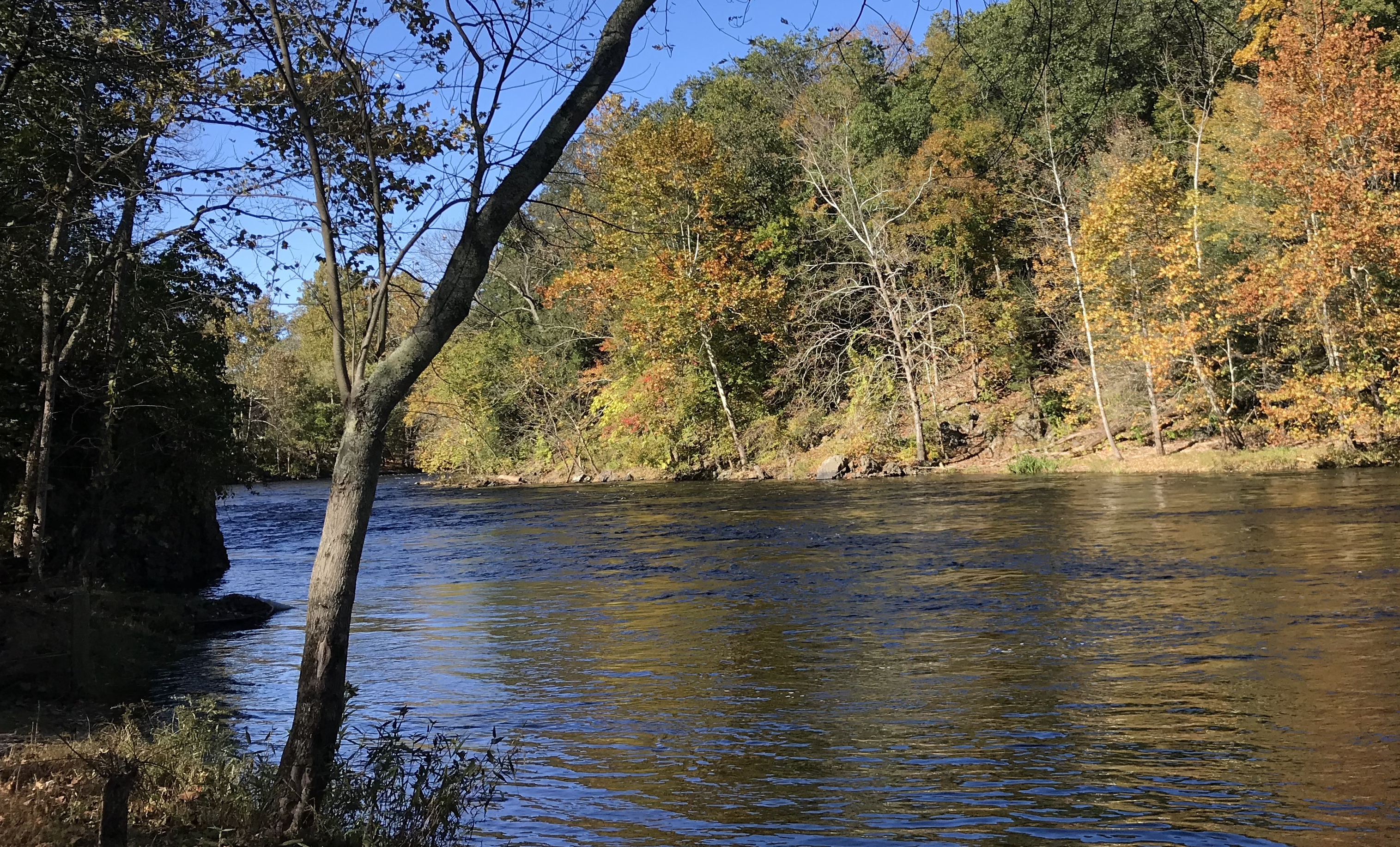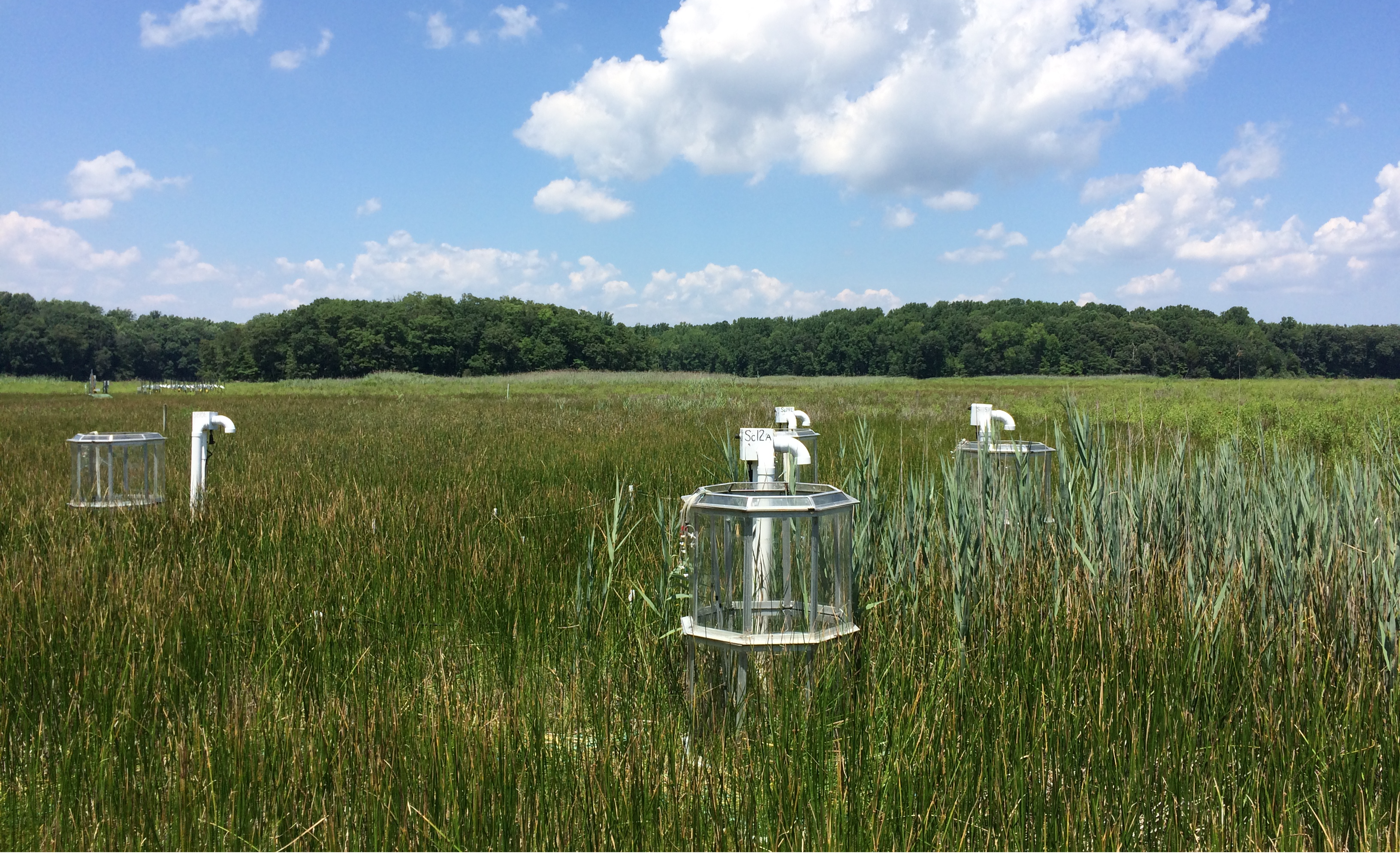Watershed DOC uptake occurs mostly in lakes in the summer and in rivers in the winter
Maavara, T., C. Brinkerhoff, J. Hosen, K. Aho, L. Logozzo, J. Saiers, A. Stubbins, P. Raymond
Jan 2023 · Limnology & Oceanography

River networks transport dissolved organic carbon (DOC) from terrestrial uplands to the coastal ocean. The extent to which a reach or lake within a river network uptakes DOC depends on the stream order, the seasonal conditions, and the flow. At the watershed scale, it remains unclear whether DOC uptake is dominated by biological processes such as respiration, or abiotic processes like photomineralization. The partitioning of DOC uptake in lakes vs. rivers is also unclear. In this study, we present a new model that unifies year-round controls on DOC cycling for an entire river network, including river–lake connectivity, to elucidate the importance of biotic vs. abiotic controls on DOC uptake. We present the Catchment UPtake and Sinks by Season, Order, and Flow for DOC (CUPS-OF-DOC) model, which quantifies terrestrial DOC loading, gross primary productivity, and uptake via microbes and photomineralization. The model is applied to the Connecticut River Watershed, and accounts for cascading reach- and lake-scale DOC cycling across 98 scenarios spanning combinations of flows, seasons, and stream orders. We show that riverine DOC uptake is nearly constant with stream order, but the proportion of DOC uptake from photomineralization varies. Photomineralization dominates in rivers in most flow conditions and stream orders, especially in winter, accounting for at least half of whole-watershed DOC uptake in February across all flows. Whole-watershed summer DOC uptake occurs mostly via biomineralization in lakes, accounting for 80% of DOC uptake during the growing season, despite accounting for less than 6% of watershed open water surface area.




